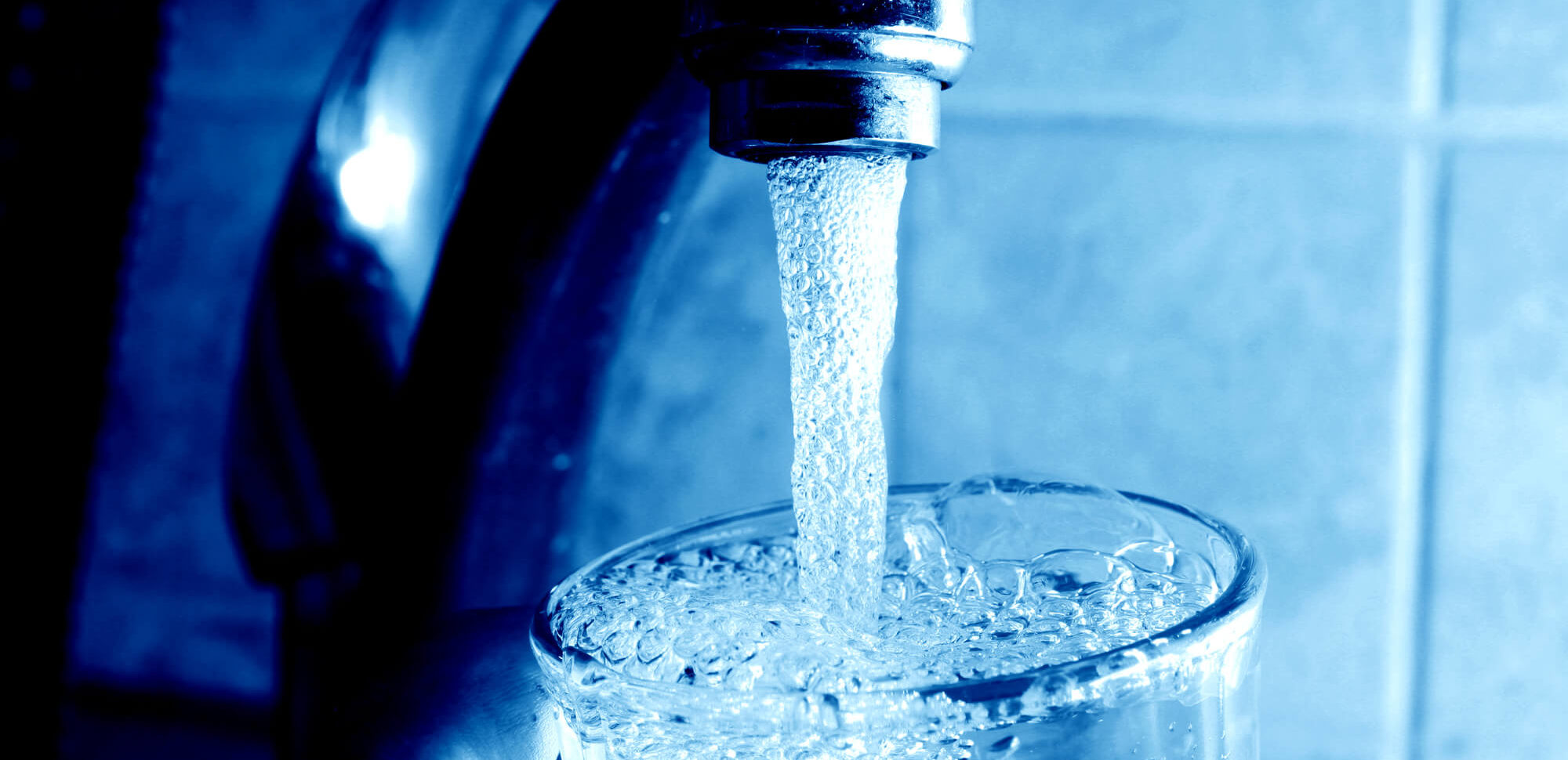While very few products are made with lead-based paints or materials, there is still a risk of your dream home having lead hidden in the paint and pipes. The dangers of lead were unknown for years until the Environmental Protection Agency (EPA) enacted the Lead Renovation, Repair, and Painting Rule (RRP) in 1978. This rule requires anyone who is renovating, repairing, or painting a home or project that could disturb lead-based paint in childcare centers, homes, or preschools built before 1978 to be certified by the EPA. Testing for lead is a vital step in ensuring any work you do on a property you own doesn’t stir up lead particles.
At-Home Test Kit
While banned for consumer use in 1978, homeowners across the country are still at risk of finding lead paint in their homes. Layers of new paint can hide the lead-based paint, so how do you know if your home has hidden lead? The EPA recognizes three lead kits, which comply with the RRP rule. Both the 3M LeadCheck and D-Lead tests can detect lead on drywall, plaster, and wood. The Commonwealth of Massachusetts kit is only for use on drywall and plaster. While a homeowner can purchase the 3M LeadCheck and D-Lead tests at hardware stores, they should exercise caution as performing these tests could cause lead exposure. Because of this, the EPA strongly recommends hiring a certified lead inspector.
Water Samples
When the crisis in Flint, Michigan first hit the news, people across the country started questioning how safe their drinking water was. Lead exposure through water lines is one of the most common occurrences. Modern chemicals used to sanitize water sources can corrode older pipes, often soldered together with lead. You can ask your water provider if you have a lead service line that brings water to your home. If your water is delivered through a public water system, you can request a water quality test. Another route is to have your water tested by a state-certified lab. Using the container and instructions provided by the testing lab or service, you collect water samples and send them to the lab to test for several forms of bacteria and nitrates, including lead. If you’re worried about collecting the sample yourself, there are certain labs that send a trained technician to your home to collect or analyze the sample.
Dust Samples
Old lead-based paint on surfaces that are in motion, like window frames or even lead-contaminated soil being tracked into your home, can result in lead particles appearing in household dust. Surface wipe samples are collected and sent to a lab for testing. This test is often completed by a EPA-certified lead dust sampling technician who will collect dust samples from the floor and windows.
Lead-Based Inspection
Homeowners can hire a lead-certified inspector to perform a lead-based inspection. This is a surface-by-surface investigation that identifies if lead-based paint exists in a childcare center or home and where it is located. You, as a homeowner, are given a report listing all the painted surfaces in your home and whether they contain lead. If lead paint is in good condition and doesn’t pose a risk of being disturbed, it can be left alone.
Lead Risk Assessment
While a lead-based inspection is a surface-level investigation, a risk assessment goes further. On-site investigations are used to identify the type, severity, presence, and location of lead-based paint hazards. Examples of lead-based paint hazards include particles in soil, paint, and dust. The assessment will offer suggestions on how to control these risks. Both lead-based inspections and risk assessments can only legally be performed by an EPA-certified lead risk assessor or certified professional.

Safe Lead Removal
Whether you performed an at-home test or brought in a certified professional, if lead was found in your home, you want to remove it to prevent any long-term health effects. There are two main ways to remove it:
- Encapsulation: You can paint over lead-contaminated surfaces with a substance called encapsulant that was designed to prevent the spread of lead paint particles or chips. While encapsulation is a quick fix, it requires annual monitoring and regular lead inspections from EPA-certified contractors.
- Abatement: Certain contractors employ EPA-certified lead abatement workers who can permanently cover lead-contaminated surfaces to neutralize the toxic effects. While abatement is more costly upfront, you can rest easy knowing there are no more lead-contaminated areas in your home.
Why Is Lead Dangerous?
Even though lead is not common in products today, new restrictive standards are continually being put into place or updated. Testing for lead is vital as it helps you avoid any health issues associated with lead poisoning. Naturally appearing in the earth’s crust, it was originally incorporated into paints because it helped the substance dry faster. Lead is classified as heavy metal, and it can be toxic to humans if exposed to high amounts. Usually absorbed topically, orally or through inhalation, lead exposure can result in lead poisoning, which has a wide range of health effects, especially in children and pregnant women. Doctors can diagnose lead poisoning through a simple blood test and offer treatment options.
Children exposed to lead can experience:
- Learning and behavior problems
- Anemia
- Hearing problems
- Lower IQ and hyperactivity
- Slowed growth
Pregnant women exposed to lead can experience:
- Increased risk of a miscarriage
- Early labor
- Damage to the baby’s nervous system, brain, and kidneys
A healthy adult exposed to lead can experience:
- Decreased kidney function
- Reproductive problems
- Increased blood pressure
- Cardiovascular issues
Testing for Lead is Vital
Lead exposure can cause serious health issues, making it vital to verify your home is not putting yourself and other household members at risk. While there are at-home testing options, the most effective and accurate testing method is hiring a certified professional for lead inspections. These professionals ensure all safety measures are met during inspections and can help you develop a mitigation plan if lead is detected.


